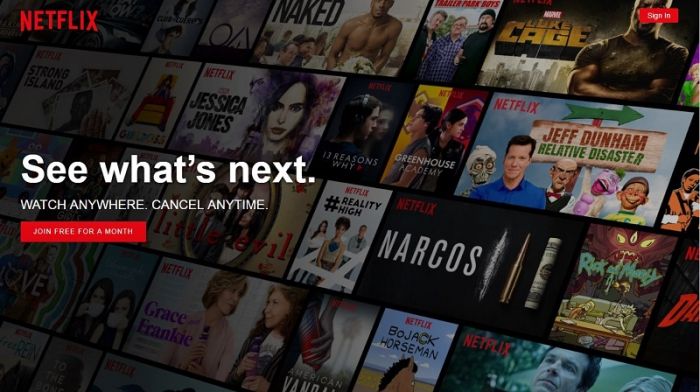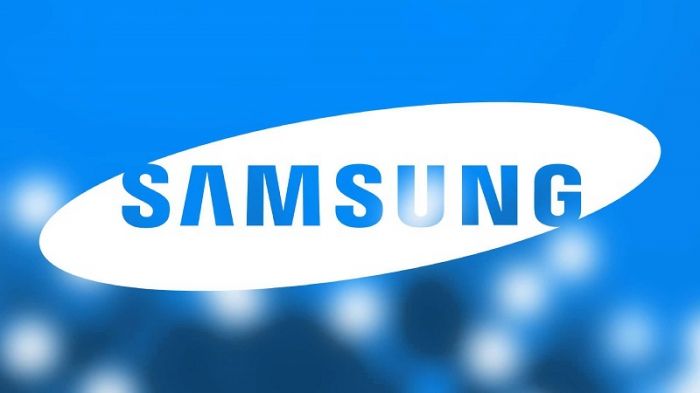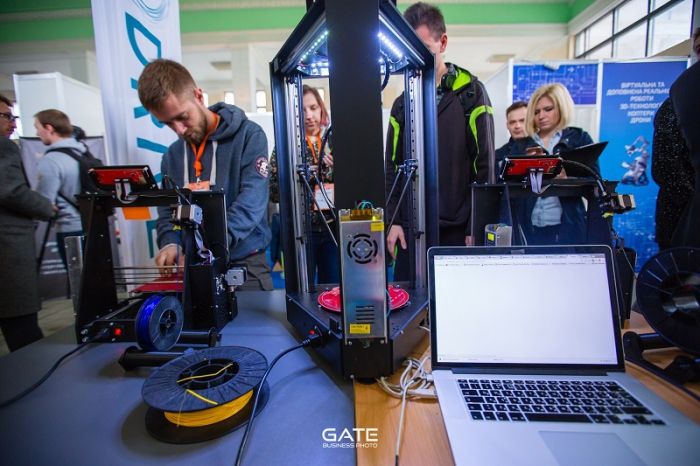“All radical innovations come from people who are not experts.” – Orange Telecom
Innovation. The word became a staple in the Ukrainian business lexicon relatively recently, following waves of integration into the global environment in the mid-2000s. After that, innovations became a topic of discussion at all levels of government and business sectors. The reason was simple – an ideological crisis in business. The post-Soviet space needed a breath of fresh air, ideas, new models, and sometimes even a complete restart.
Without any marketing, PR, or a well-structured policy even in large corporations, common sense forced a reevaluation of values and a turn to Western experience in integrating innovations into business processes.
It’s not enough to just say, “I for Innovation,” it’s crucial to know how to implement them.
Is it worth investing in risky innovations during global economic instability? Should funds for innovations and development be included in the annual budget?
Even the experiences of political leaders show that innovations are always relevant: the successful implementation of new technologies in North Korea’s missile program made an Asian dictator a figure of international significance (hopefully, just on TV).
The Theory of Everything New
In the book “Creating Innovators: The Creative Methods of Netflix, Amazon, and Google” by Clayton Christensen, Nathan Furr, and Jeff Dyer, innovations and traditional business can be illustrated by the skyscrapers of the 1960s. Under the existing technologies, using anything other than straight angles and beams was expensive, risky, and led to a chain of unforeseen events.
In the classical approach, it is difficult to go beyond standards, but similar buildings stood and performed their functions well. Innovations, however, involve unconventional angles, new materials, and a deliberate departure from standards.

The authors of the book believe that the innovator’s method consists of:
- Personal Experience and Insight: You can’t come up with an original approach without facing similar situations and knowing the basic specific factors of the segment. However, non-specialists often create new visions because their perspective isn’t “clouded.”
- Identifying the Problem: Demand always generates supply. Business must constantly see what problems people face in everyday life, considering the flourishing technologies and services.
- Solving the Problem: If no one has seen the problem, there are no solutions yet. Such a solution will be a unique selling proposition (i.e., innovation).
- Business Models: The original idea must undergo testing and statistical analysis to function fully. During this period, the direction of the innovation, a full business description, and its unique features are formed. A budget for innovations and implementation algorithms is laid down.
- Business Expansion: Proper prioritization allows the business to grow rapidly, thus implementing new technologies within the market segment and expanding into neighboring segments (or entering new ones).
Three Groups of Innovators
- Companies that have been innovating since their inception: Google, Amazon, Valve.
- Companies that transitioned to a classical business model after successful innovations: Procter & Gamble, Mondelez, AT&T.
- Startups that began with a group of like-minded people who received investments through crowdfunding and private investor groups: Steam, Uber, Dropbox.
Elements of Innovation
Nicholas Stafford, author of “The Social Entrepreneur’s A to Z,” demonstrated his view of innovation. In his dictionary-textbook, “innovation” consists of the following elements:
- I – I for Innovation: Innovation and its active implementation are entirely different things. Implementing innovative technologies is possible only with the resilience of the idea, while the new approach itself may be stillborn.
- N – New Ideas: Combining two or three elements (familiar ones) is effective for introducing new and productive resources.
- N – Narrative: A logical chain of sequential reasoning and their viability in the surrounding world. Innovations are effective when they meet people’s needs. Only then do they make sense.
- O – Observation and Analysis: Examining reality.
- V – Vision: Seeing the potential of a project and calculating possible development paths in advance.
- A – Authority: Without a certain level of knowledge and valued opinion in the eyes of others, it is impossible to shape an idea into a full-fledged innovation that brings profit.
- T – Timing: Managing processes in time and space.
- G – Game with Meanings, Images, Forms: Using imagination.
- O – Objective Opportunities: Resources available to the business and the surrounding world.
- N – Network: A well-established network in all business chains. Only effective implementation paths can allow innovation to succeed.
Success Stories of Innovators
Jenn Hyman
In 2008, Jenn Hyman had an idea: why not rent wedding dresses?Her idea’s foundation included essential elements of innovation:
- Experience working in bridal salons.
- Observing acquaintances and identifying a problem.
- Experimenting with the proposal.
Then came the question of increasing efficiency: should they allow try-ons or increase the selection? By expanding the assortment, 50% of those who came used the rental service. An online survey of 4,000 girls followed, and 5% agreed to use the service.

Rent the Runway Fighting designers’ fears led to the innovative idea of Rent the Runway. Even at the investor search stage, Jenn had no business plan. The money was obtained, and Jenn Hyman launched Rent the Runway in early November 2009 as a beta version with an offering of 800 dresses.
Within a few months, Hyman attracted an additional $30 million in investments, and the number of dresses increased to 30,000. According to Jenn Fleiss, the company’s marketing director, 85% of women at President Obama’s inauguration wore dresses from their service. It was a victory.
Netflix
Netflix is one of the brightest examples of an innovative approach. This service is now a major player in the film industry. The company started as a small DVD rental delivery service. In 1999, the business segment and all its participants were in the shadow of the American giant Blockbuster.
In 15 years, Netflix became the monopoly of the film rental and streaming television market in the USA and beyond (of its 80 million clients, 35 million are outside the States). The main feature of the company was the ability to stream movies and shows via the Internet. A bright logo, learning from competitors’ mistakes, and a transparent and quality service were the keys to Netflix’s success.
The company now has partnerships with Marvel and DreamWorks, rights to popular shows like “Daredevil,” “The Defenders,” and “Critical House.” A unique feature of the portal’s series is the release of the entire season at once, another innovation that made Netflix synonymous with binge-watching.
Samsung
The main competitor of the world’s leading high-tech innovator, Apple. Samsung is credited with many pranks, including trucks full of coins to pay off a court debt. The companies diligently steal ideas from each other like cynical long-married couples. However, Samsung is known for its love of fresh perspectives on familiar things.Mark Shedroff, Vice President of the Samsung Open Innovation Center, says the center stands on four pillars:
- Partnership Program: Allows for the exchange of experience and technologies with other companies.
- Investment in Research: Helps develop the industry.
- Attracting External Teams: For fresh perspectives on set tasks.
- In-House Centers: For regular work.

Mark notes that innovation costs pay off: the company sells 450 million phones and 50 million TVs annually. The manufacturer’s goal is to create a cross-platform structure that can unite all products into a single network. Microsoft also strives for this but with much less success.
Lego
Lego stopped being just a manufacturer of one of the best construction toys in the world and embraced innovation in the mid-2000s by signing agreements with the largest entertainment franchises. Now it has product lines from FOX, Disney, WB, and almost any product.

Eric Hansen, Senior Director of Open Innovation at Lego, says in many interviews that the initial task force was created to:
- Assess the potential for introducing innovations.
- Analyze global innovation experience.
- Create recommendations.
Here are a few of Eric’s statements:
People don’t have to work for us to work with us.
Consumers are creative and smart. They expect you to listen to them.
Hansen highlighted the necessary rules for developing and introducing innovations:
- Individual creativity into collective systematic creativity.
- Prioritize strengths.
- Achieve success with people who are interested in success.
Where to Get Ideas?
Other people’s experience is useful, but brainstorming within the company’s creative departments can be more beneficial.
Sources of inspiration for initiating new ideas can include:
- Literature on innovation: There is a wide selection of English-language and adapted literature on ideas, successful cases, and innovative methods. A significant disadvantage of translated literature is outdated information, but there are also current materials, such as Clayton Christensen’s “The Innovator’s Solution.”
- Thematic webinars in English: This option is better as all truly relevant trends come from the West. You can familiarize yourself with the program here.
- Open international forums: These take place annually in major information centers worldwide. For example, the popular Japanese forum Innovation Weekend. In Ukraine, the open forum InnoTech Ukraine has been held for the third consecutive year.
- Client service and feedback analytics: Through surveys, questionnaires, and focus groups.

InnoTech Ukraine 2017
Communication with company leaders, top managers, and department heads provides valuable contacts, insights into successful cases, and potential partnerships in profitable projects.
Main Rule: You need to move, communicate, and develop.
In most cases, crowdfunding platforms and investors serve as resources for obtaining funds. It is necessary to prove through numbers that the approach is innovative. The development budget should be calculated at the business modeling verification stage.
Verdict
There are undoubtedly more prominent figures in the world of innovation: Richard Branson (head of Virgin), the mad genius Elon Musk, and the late Steve Jobs.
They always prioritize innovation and benefit not only from increased income but also from public interest, as in the high-tech era, information is a much more valuable resource than material goods.
Although the information that “9 out of 10 startups fail” is unconfirmed, the percentage of viable original business ideas remains low, so it is essential to make every effort to ensure that your “Eureka!” becomes a reality and brings you profit.